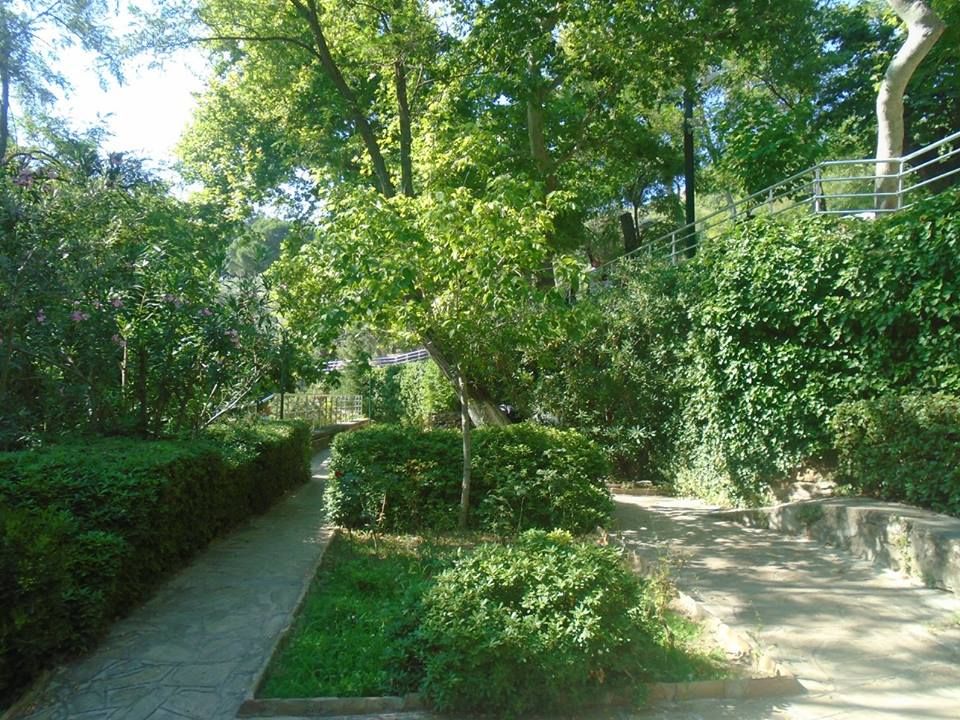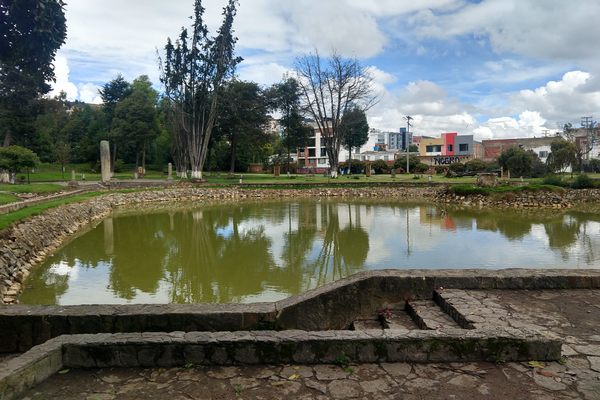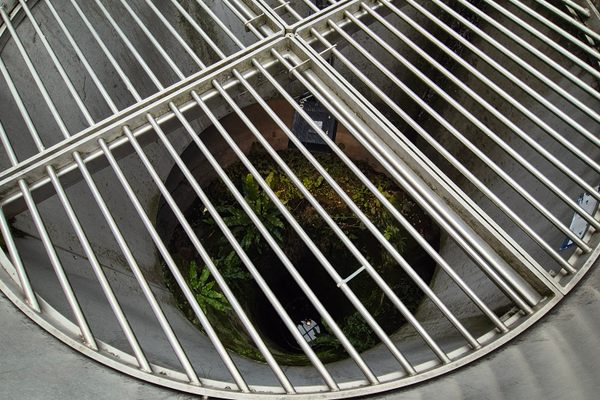About
The ruins of this home are rumored to be where Mary spent her latter years, after being spirited away by John the Evangelist.
Though the house has been determined by archeologists to have been built in the 6th or 7th century, it stands on the foundation of a much older structure that some believe was the home of the mother of Jesus.
The plain stone house was discovered after Sister Anne Catherine Emmerich, an invalid nun who had never traveled, described her visions of it in detail to an author in 1812. Nearly sixty years later, using that book as a guide, a French priest found the house. His discovery was not taken seriously until a decade later when 2 more missionaries found the same ruin after using the same visions as their compass. They also learned that these ruins had been revered for centuries in nearby villages, and locals had been making pilgrimages to the house and the spring near it for years.
Today much of the structure has been rebuilt and a small chapel with places to leave prayers, candles, or other mementos has joined it. Pipes guide the spring into a basin where tourists and pilgrims collect the water to take home with them after their journey. It is visited year round by devout Muslims, curious skeptics, faithful Catholics and even Popes. While the Catholic church has never claimed that they believe this to be the last home of the virgin mother, they have never denied it either and have elevated its status in their faith to that of a Holy Place. Every year on August 15 (the Feast of the Assumption of Mary) Catholic, Orthodox and Muslim clergy conduct joint services at the shrine, which is an incredibly rare occurrence anywhere in the world.
Related Tags
Know Before You Go
Located 7km from the closest village, a tour bus or a taxi is recommended
Community Contributors
Added By
Published
January 7, 2014
































































